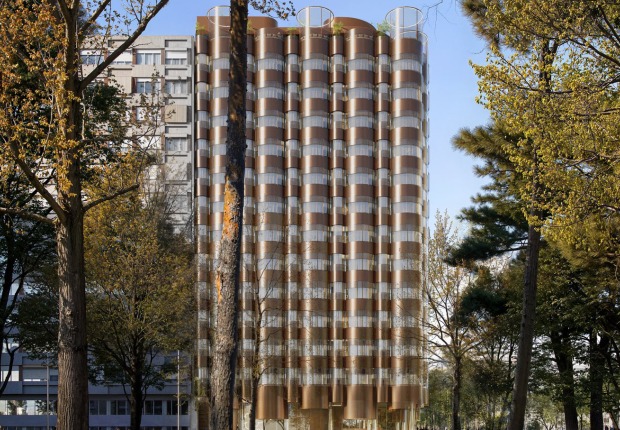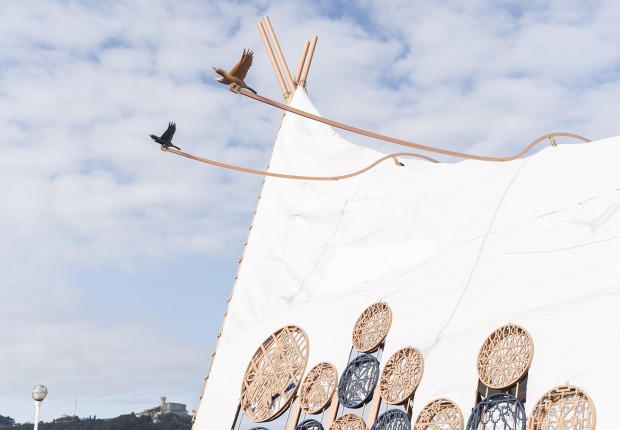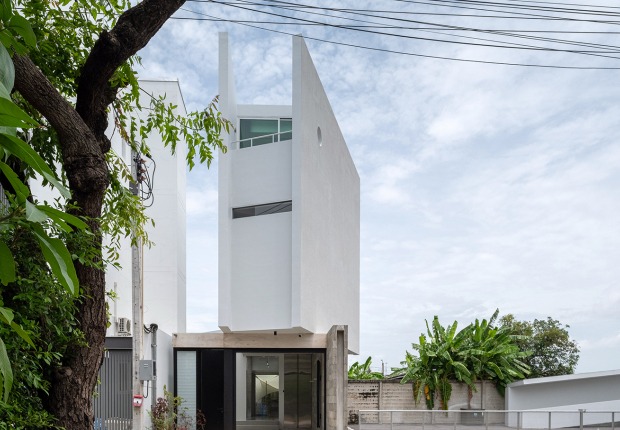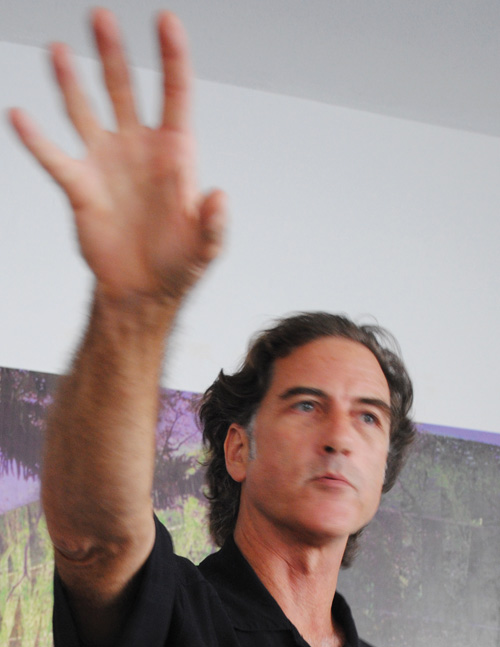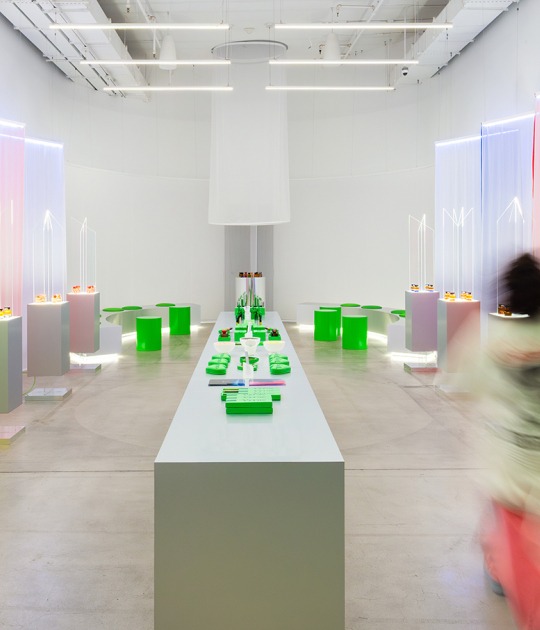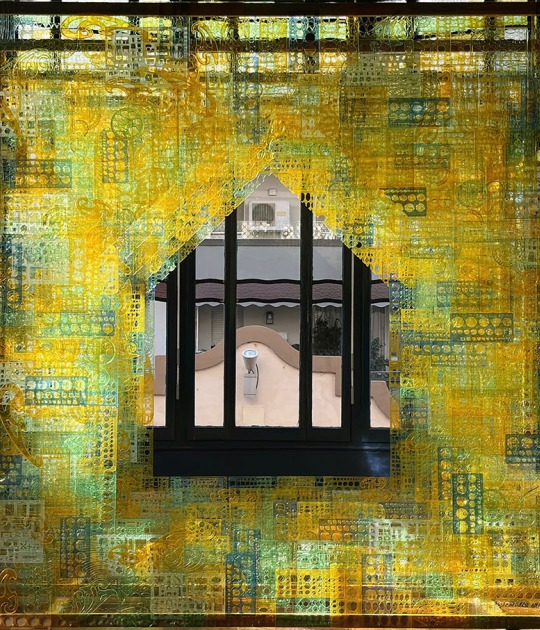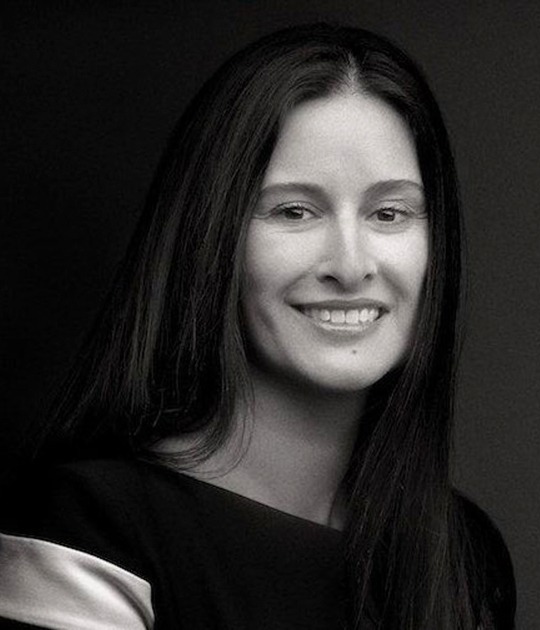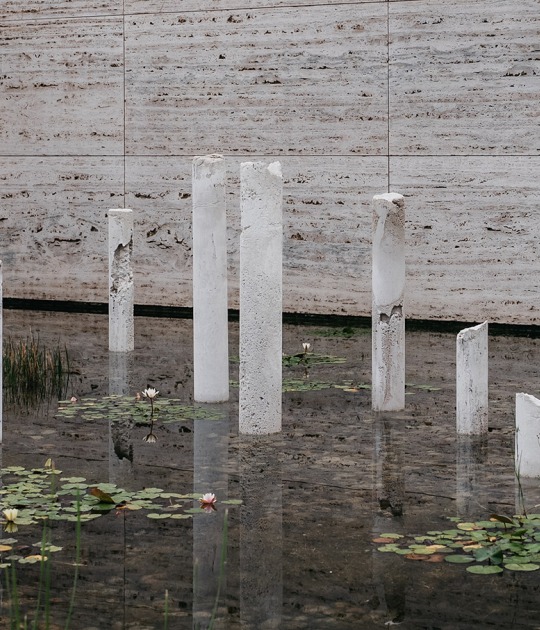The community of El Valle de Anton is located about 120km west of Panama City, at an elevation of about 600m above sea level. Located in the caldera of an extinct volcano (Ei Valle is the only village in the world located in the caldera of an extinct volcano), the area is characterized by its abundant rivers, hot springs, waterfalls, humid forest and a high level of biodiversity represented by hundreds of species of flora and fauna and more than 500 species of birds recognized in the area.
By giving up city life in favor of the more balanced pace of the countryside, clients, a renowned painter and his wife, acquired a plot in the Valley and invited us to collaborate with them in the design of a house that was made to measure and similar to the country life they wanted to live. The terrain is representative of the ecology of the area, characterized by a high water level , watery eyes, gentle slopes and abundant trees amid huge volcanic rocks scattered everywhere on the site.
The usual design process began with multiple visits to the site with clients to walk and listen, to observe, to feel the place - their trees, volcanic rocks, water supplying on all sides - imagining where the different spaces of the house would be located, taking into account that the kitchen should be the most important place in the house and that all other spaces would become around it.
From the first visits we determined that the first thing we would do would be to create a raised road above the ground that would lead between trees and rocks, taking the user from the street to the interior of the site and that this set of spaces would be located around that road, elevated above of the ground where water flowed everywhere.
The house, about 320m², consists of a central kitchen / living area, master bedroom, bathroom, "walk-in closet" and office, guest room, service area, garage and artist studio. The organic form of the house results from the winding path of spaces within the forest, trees and volcanic rocks.
This organization based on constant movement prevents a reading of the house as an object in the landscape - it is only possible a partial reading of the whole and the experience of the same is rather obtained from the interior, where you can see the interaction of spaces Interiors of the house and exteriors of the surrounding garden. In this way, the collection of works by the artist -sculpture and paintings- are displayed around the house and interact with the trees, volcanic rocks and water eyes of the garden in a fusion of art and nature in constant flux.






































